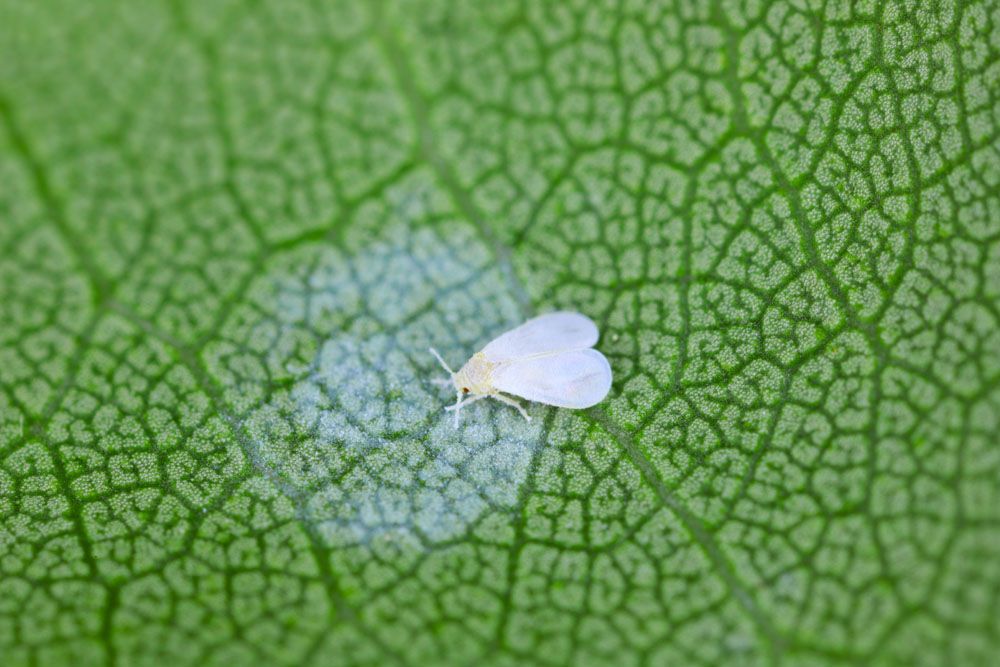
Ash Whitefly – Siphonius phillyreae
Ash Whitefly: Appearance, Territory, Damage, and Life Cycle
Latin Name: Siphoninus Phillyreae
Appearance: Siphoninus phillyreae, often known as the Ash Whitefly, is a polyphagous species, which means it can survive and reproduce utilizing a wide range of food plants from several families. The ash whitefly is a pest that attacks a variety of ornamental and fruit crops, including citrus. The adult whitefly has white wax-covered wings and a layer of white wax covering its yellow body. Adults are around 1 mm in length and have a wing span of about 3 mm. When the adults first emerge, the yellow body color is visible, and the wings are transparent, but the wings soon become covered in white wax. This species has both males and females. Before mating, tiny males may be spotted sitting with females.
Hosts Plants: Hawthorns, Ashes, Apple, Olive, Apple, and Pear are the most commonly afflicted plants.
Territory: This little white sap-sucking insect causes leaf damage in Golden and Claret Ash trees and is quickly spreading over temperate South Eastern Australia. It is indigenous to western Eurasia, India, and North Africa, but has been brought to North America.
Damage Insect Cause: In California, the ash whitefly infests 40 different plant types. If left unchecked, its populations can reach significant levels in a wide range of host plants. Adult and immature whiteflies feed on plant nutrients, causing defoliation, fruit loss, and, in extreme situations, the death of the host tree.
In California, the Ash Whitefly has no natural enemies, although efforts are being made to introduce natural adversaries from the pest’s native region. The host trees’ semi-impermeable protective wax covering on their leaves limits the pesticides’ effects. Insecticidal soaps can be helpful, particularly in removing the gooey fluid that fuels mold growth, but they must be sprayed and reapplied frequently. The most efficient way to cure ash whitefly is to simply keep trees as healthy as possible by trimming, fertilizing, and providing extra water. Trimming damaged trees so that foliage is clear of the ground, buildings, and fences can help minimize secondary ant problems.
Life History and Habits: On the underside of the leaf, adult females lay eggs. The round eggs may have a peg at one end that is pushed into the leaf and deposited on their sides. They have a light color. The first larva to emerge from the egg is typically referred to as a crawler since it has three pairs of legs. It moves away from the egg and lands at an appropriate feeding location, typically above or near a leaf vein.
The term “instars” refers to the four larval stages. The fourth instar larva pupates inside the skin of the larva, which is now referred to as a puparium, when it reaches adult size. Dark eyespots can be visible through the puparium walls when the adult is almost ready to emerge.
